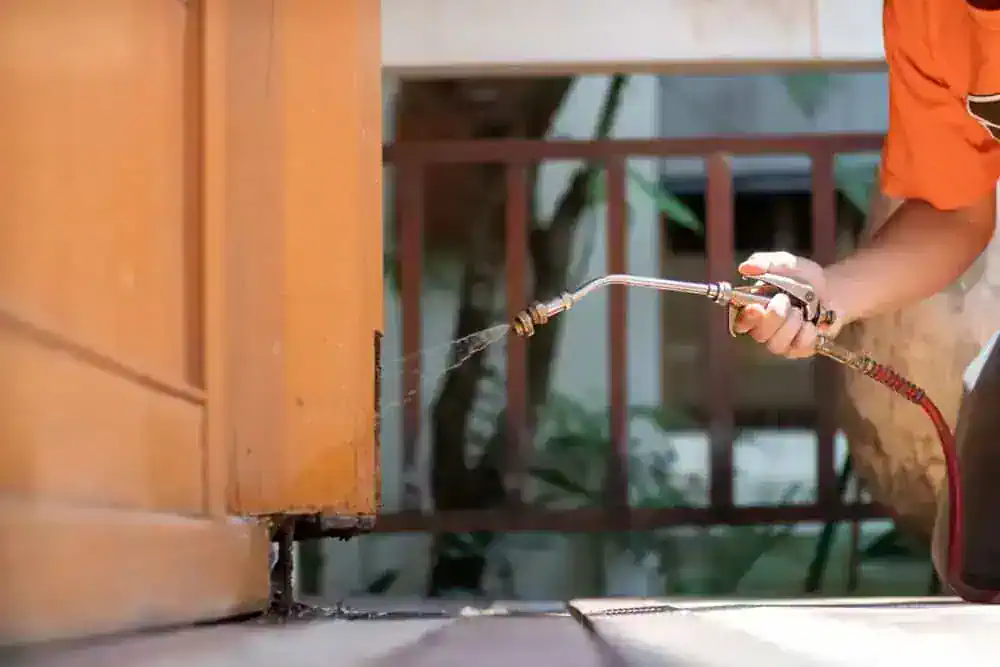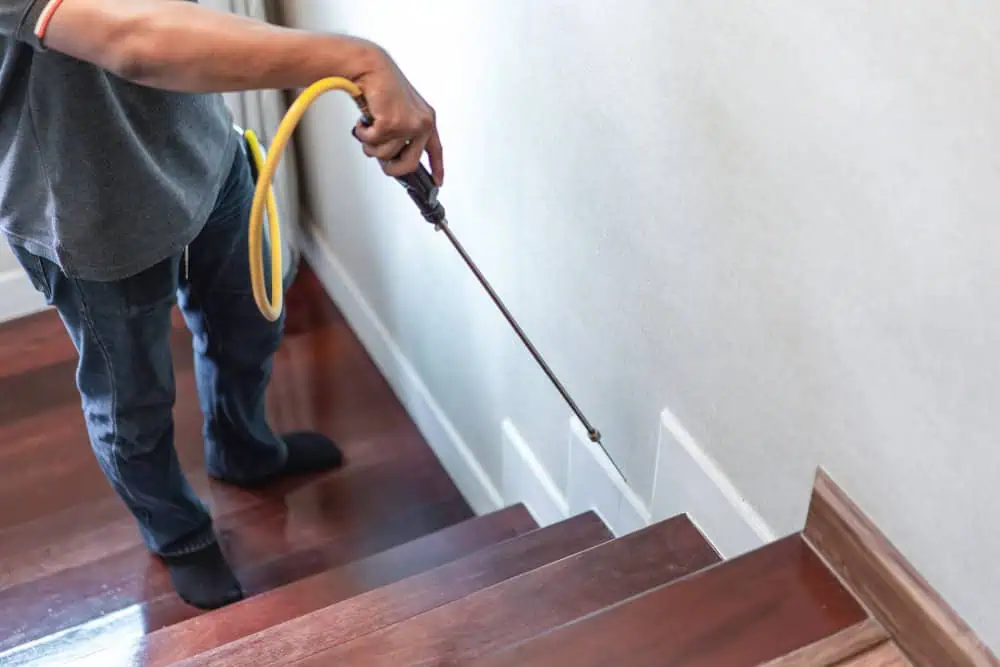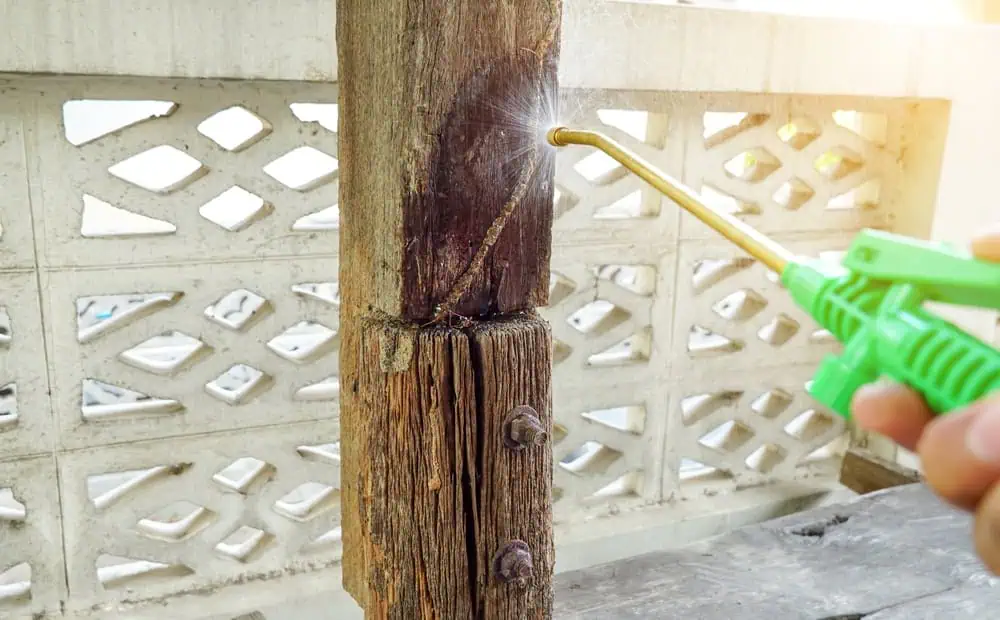Complete colony elimination that actually works – no more ant trails reappearing next week.

Hear from Our Customers

You’ll walk through your kitchen without spotting ant trails along the baseboards. Your pantry stays secure from unwanted visitors. No more wondering if that carpenter ant you saw means there’s structural damage happening behind your walls.
We target the entire colony, not just the ants you can see. That means the queen, the workers, and the scouts all get eliminated – so you’re not dealing with the same problem again in two weeks.
Your family can use the kitchen, play in the yard, and relax in your home without worrying about ant activity. The treatment is designed to be safe around kids and pets while being lethal to ants.
86 Pest and Wildlife Removal has been handling ant problems throughout Hilltop and the surrounding New Jersey area for years. We understand how carpenter ants behave differently than pavement ants, and why the treatments that work in other states don’t always work here.
Our team knows which ant species are active during different seasons in New Jersey. We’ve seen how they adapt to our local climate and building styles. This isn’t guesswork – it’s experience applied to your specific ant problem.
We’re licensed, insured, and focused on getting results that last. No shortcuts, no generic treatments that might work.

First, we inspect your property to identify the ant species and locate their entry points. Different ants require different approaches – carpenter ants need treatment focused on wood structures, while pavement ants are coming from cracks in concrete.
We trace the ant trails back to their source and identify where the colony is actually located. This might be in your walls, under your foundation, or in the yard. The visible ants are just workers – we need to reach the queen and the rest of the colony.
Treatment targets both the ants you can see and the ones you can’t. We use baiting systems that workers carry back to the colony, eliminating the entire population from the inside out. Then we seal entry points and apply barrier treatments to prevent new colonies from establishing.

Ready to get started?
You get a thorough property inspection that identifies not just where ants are active, but why they’re choosing your property. We look for moisture issues, food sources, and structural vulnerabilities that attract ants.
Species identification is crucial – carpenter ants indicate potential wood damage, while pharaoh ants spread differently than other species. We identify exactly what you’re dealing with and customize the treatment accordingly.
Treatment includes both indoor and outdoor applications. We eliminate active colonies, treat potential nesting sites, and create barriers that prevent future infestations. Follow-up visits ensure the treatment worked and the problem is completely resolved.
